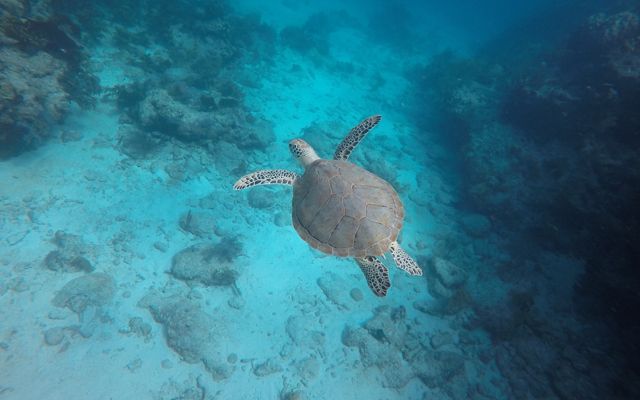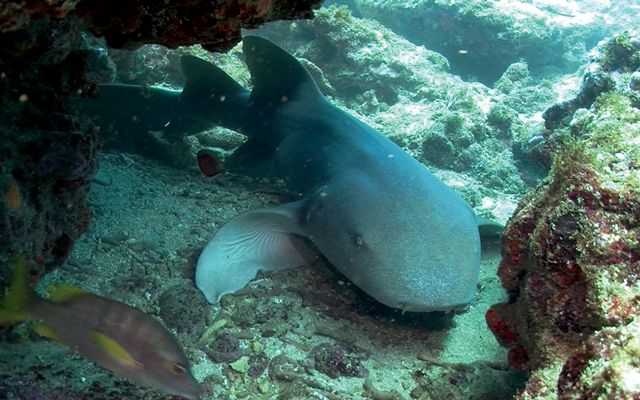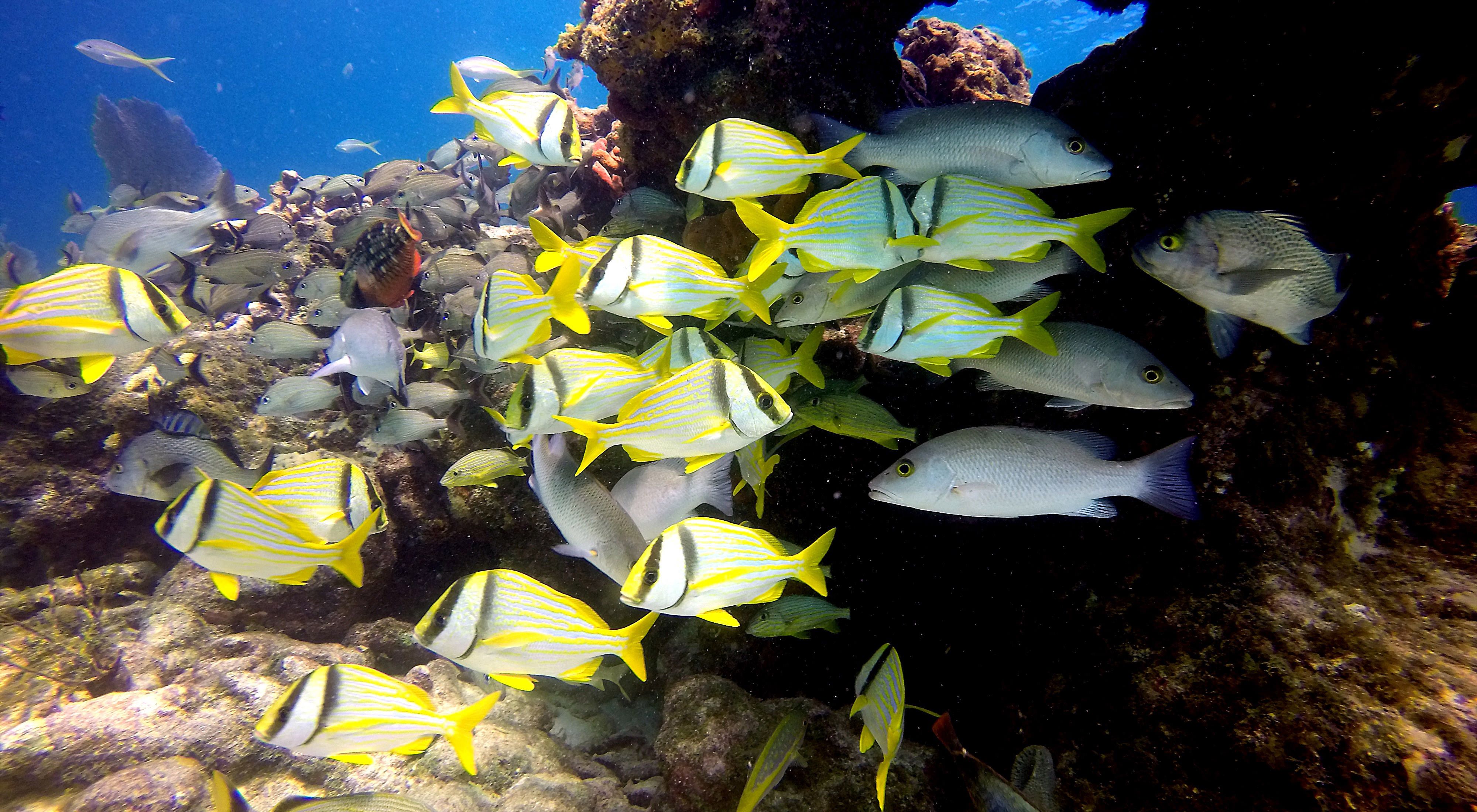Florida’s Spectacular Coral Reef System
We are working to raise awareness of the critical steps needed to tackle threats to reefs and increase restoration efforts.
Coral reefs are one of the most threatened marine systems. Scientists estimate that unless we take immediate action, we could lose up to 90% of coral reefs within our lifetimes.
Colorful parrotfish, angelfish, wrasses, barracuda, nurse sharks, stingrays, delicate corals, other invertebrates and turtles—all are inhabitants of Florida’s beautiful coral reefs. Florida's Coral Reef is the largest coral reef ecosystem in the continental U.S., with its extensive shallow coral reefs spanning 358 miles from the Dry Tortugas near Key West, north along the Atlantic coast to Martin County.


Our treasured coral reefs provide Florida with many benefits. Not only are they home to many species of wildlife, including species listed as Threatened under the Endangered Species Act, they are integral to Florida’s economy, supporting our tourism industry and commercial and recreational fisheries. Additionally, they act as a natural buffer for Florida’s shoreline, helping to lessen the strength of waves, providing natural support for coastal resilience.


TNC's South Florida team works to champion the protection, restoration, monitoring and management of the reefs. Coral reef communities are sensitive to threats that are linked to people's actions. From high water temperatures which are dangerous to corals, to pollutants that impact the health of the ecosystem, to our commercial and recreational uses of the reef, sound science-based management practices and careful stewardship are critical to ensure the reefs’ healthy future. That’s where the Florida Reef Resilience Program and the recently published Resilience Action Plan for Florida's Coral Reef come in.
The Resilience Action Plan identifies actions that should be implemented by reef managers, policy-makers and reef users to improve the health of the reefs, and there is a significant focus on restoration efforts. Coral restoration has grown from a single-species pilot project in 2004 to a large-scale operation aimed at restoring ecosystem balance to Florida’s Coral Reef today. TNC is currently working with the reef managers to develop a restoration strategy for the state to identify priority focal areas for restoration where, based on the best available science, the outplants are most likely to contribute to the system's recovery. Once that strategy is complete, we will work with the Florida Department of Environmental Protection to develop a more detailed plan for restoration within the Kristin Jacobs Coral Reef Ecosystem Conservation Area. These planning efforts are being shaped by a publication by TNC’s Reef Resilience Network and others that outlines a process for managers looking to develop restoration plans.
Coral Restoration at Work in Florida















We Can't Save Nature Without You
Sign up to receive Nature News and updates from Florida. Preview Nature News
